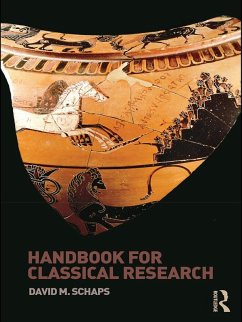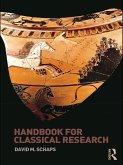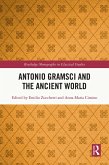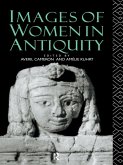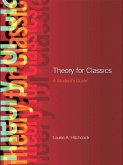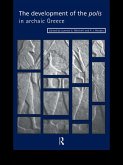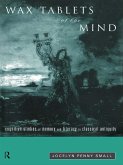The book is divided into 7 parts: The Basics, Language, The Traditional Fields, The Physical Remains, The Written Word, The Classics and Related Disciplines, The Classics since Antiquity. Topics covered range from history and literature, lexicography and linguistics, epigraphy and palaeography, to archaeology and numismatics, and the study and reception of the classics.
Guidance is given not only to read, for example, an archaeological or papyrological report, but also on how to find such sources when they are relevant to research. Concentrating on "how-to" topics, the Handbook for Classical Research is a much needed resource for both teachers and students.
Dieser Download kann aus rechtlichen Gründen nur mit Rechnungsadresse in A, B, BG, CY, CZ, D, DK, EW, E, FIN, F, GR, HR, H, IRL, I, LT, L, LR, M, NL, PL, P, R, S, SLO, SK ausgeliefert werden.
"Schaps has written a remarkable book ...there is something in here to benefit anybody, from beginners to seasoned researchers... [it] is truly a guidebook, as his desire is to produce "an orientation" (xiv) that will lay out the basics of a given field and then point people to the right resources for further study... this book thus represents a significant achievement, one that will likely find a regular place on researchers' shelves and in graduate seminars for years to come." - Mark Thorne, Bryn Mawr Classical Review

